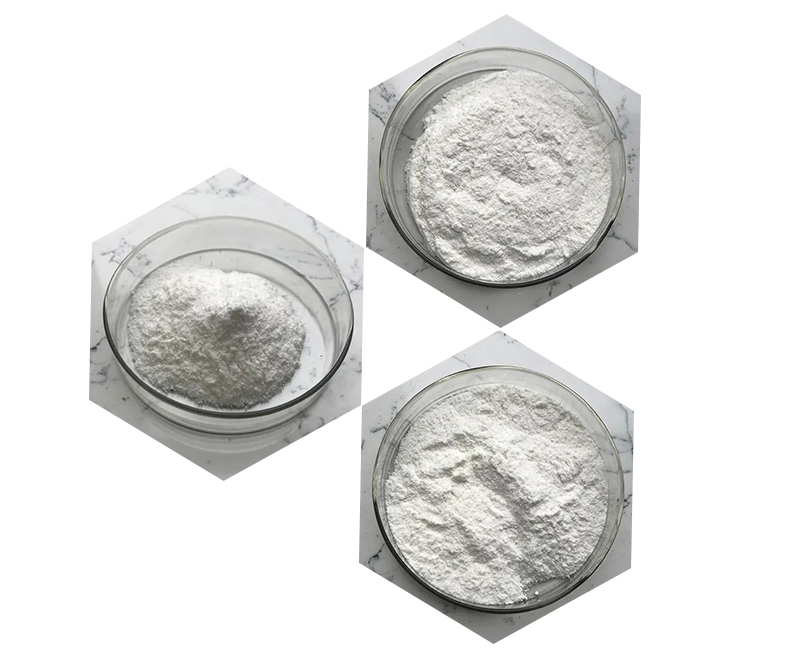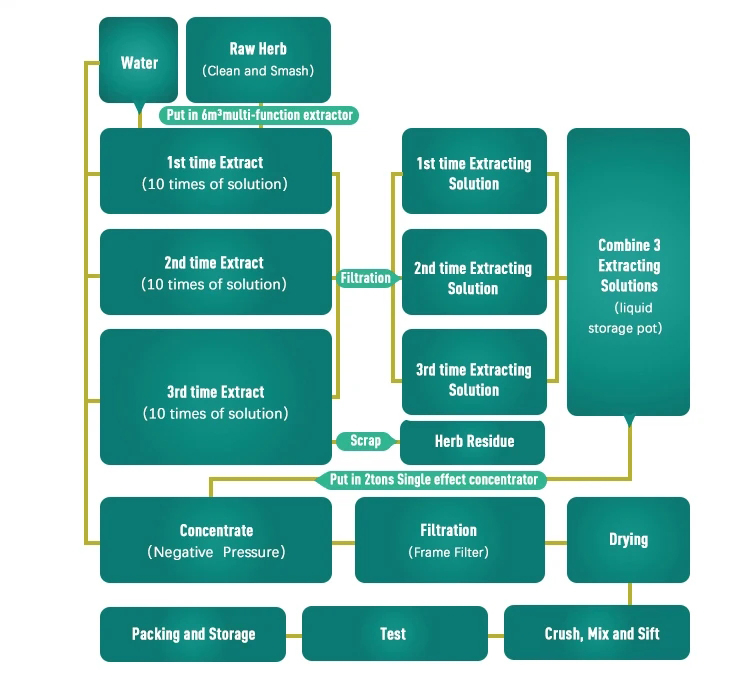Superoxide Dismutase (SOD) is an enzyme that plays a crucial role in the defense against oxidative stress in living cells. Here’s some information about its origin, properties, and introduction:
Origin of Superoxide Dismutase:
Superoxide dismutase is found in various living organisms, including plants, animals, and microorganisms. It is a part of the cell’s antioxidant defense system, helping to neutralize harmful reactive oxygen species (ROS) generated during normal cellular processes or in response to external stressors.
Properties of Superoxide Dismutase:
Catalytic Activity: Superoxide Dismutase catalyzes the dismutation of superoxide radicals (O2-) into oxygen (O2) and hydrogen peroxide (H2O2). This reaction is crucial in preventing the harmful effects of superoxide radicals.

Metal Cofactors: Superoxide Dismutase can have different metal cofactors, including copper and zinc (Cu/Zn-SOD), manganese (Mn-SOD), and iron (Fe-SOD), depending on the organism.
Cellular Localization: Superoxide Dismutase is found in various cellular compartments, such as the cytoplasm, mitochondria, and extracellular space.
Introduction of Superoxide Dismutase:
Biomedical Applications: Due to its antioxidant properties, Superoxide Dismutase has been studied for potential biomedical applications. It is of interest in areas such as anti-aging research, neurodegenerative diseases, and other conditions associated with oxidative stress.
Dietary Sources: Some foods are rich in Superoxide Dismutase or can stimulate its production. These include certain fruits, vegetables, and supplements.
Therapeutic Potential: Research has explored the use of Superoxide Dismutase as a therapeutic agent or as a component in pharmaceuticals to combat oxidative stress-related diseases.

Importance:
Antioxidant Defense: Superoxide Dismutase is a critical component of the cellular antioxidant defense system, preventing damage caused by ROS.
Cellular Homeostasis: Maintaining an appropriate balance of ROS is essential for cellular homeostasis, and SOD contributes to this balance.
Disease Implications: Dysregulation of Superoxide Dismutase activity has been implicated in various diseases, including neurodegenerative disorders, cancer, and inflammatory conditions.
In summary, Superoxide Dismutase is a vital enzyme that protects cells from oxidative damage by neutralizing superoxide radicals. Its properties and functions make it a subject of interest in both basic research and potential therapeutic applications.
